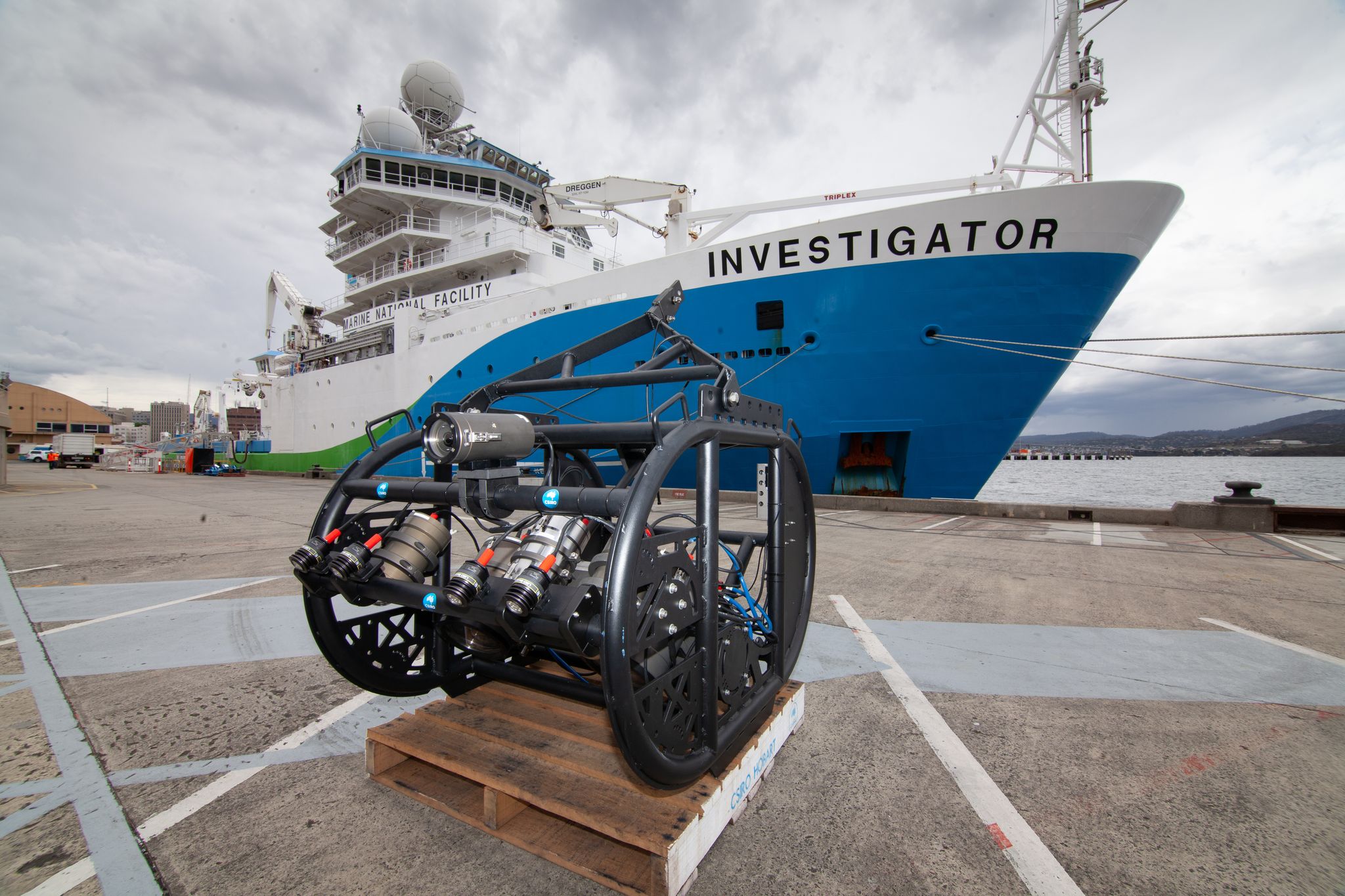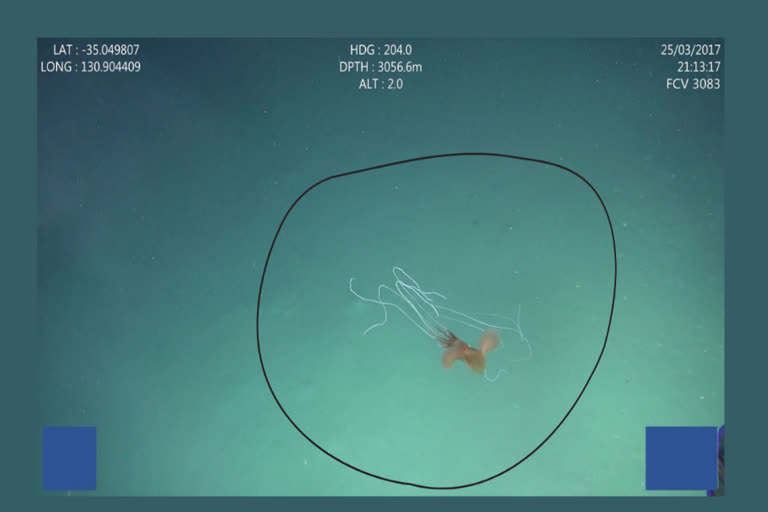CSIRO, Australia: Marine scientist Deborah Osterhage said Bigfin Squid belonged to the family Magnapinnidae, a group of deep-sea squid which have large fins and extremely long, slender arm and tentacle filaments.
"Sightings of Bigfin Squid are very rare. These are the first records in Australian waters, adding to only a dozen confirmed sightings worldwide," Ms Osterhage said. "Differences in their appearance meant we were able to confirm they were five separate individuals, rather than the same squid multiple times, and although the surveys covered a relatively large area, the squid were actually found clustered close together."
Two of the squid were filmed using a specially designed deep-water towed camera system during a voyage on CSIRO research vessel Investigator, while the other three were filmed using deep-water Remotely Operated Vehicles (ROVs) on the charter vessel REM Etive.

"After spotting Bigfin Squid in the towed camera footage we were really on the look-out for them during the subsequent ROV voyage," Ms Osterhage said.
- The ROVs were controlled by operators on the ship, and scientists were able to direct what was filmed.
- It has enabled the team to learn more about this elusive and intriguing deep-sea squid.
- The team measured one Bigfin Squid using parallel laser measurement guides and found it was over 1.8 metres long, with arm and tentacle filaments more than 11 times the mantle (body) length.
- The team also observed their colour and behaviours, including filament coiling, a behaviour not previously seen in squids."
Ms Osterhage is a graduate of the University of Tasmania. She worked for CSIRO while studying Bigfin Squid and characterising benthic biota from deep-sea imagery.
Also Read: CSIRO: PARKES RADIO TELESCOPE GIVEN INDIGENOUS NAME



